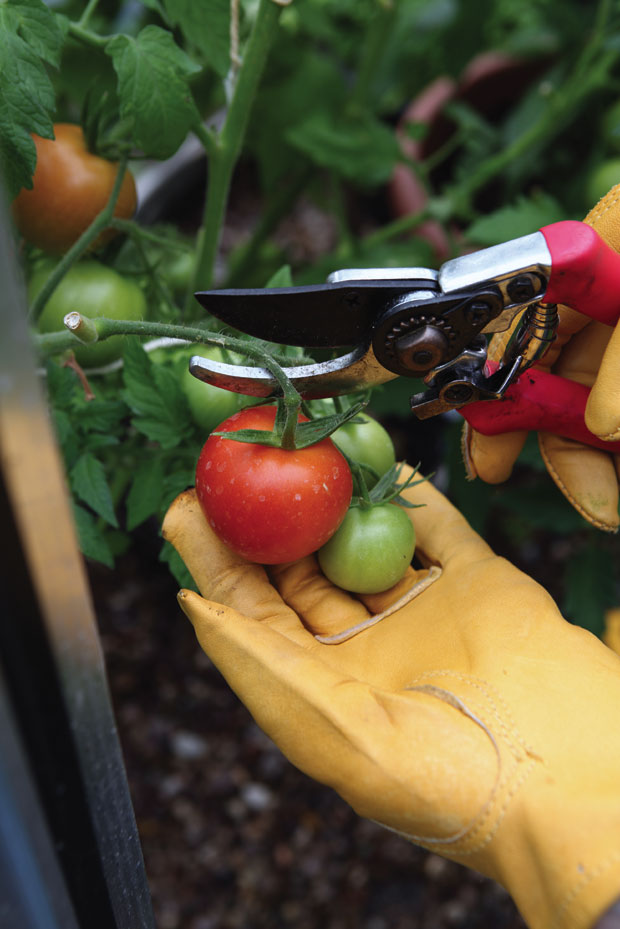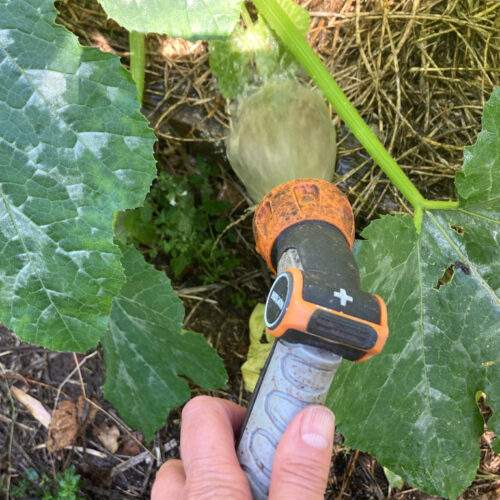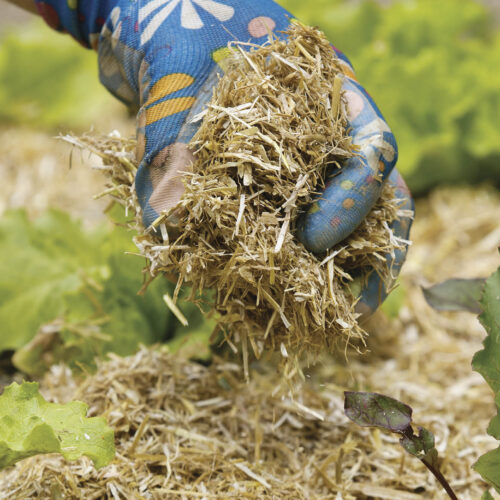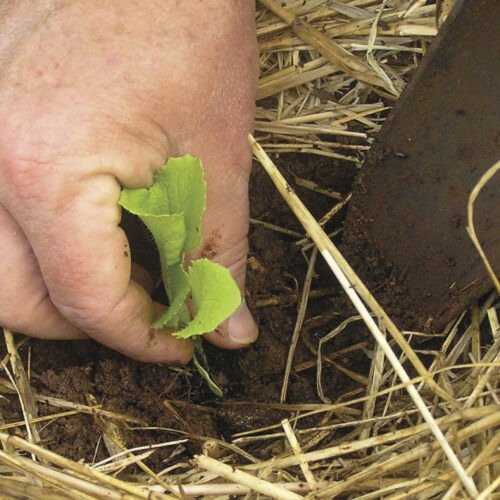Keep it Clean
2012-05-31T02:38:08+10:00
Good garden hygiene is paramount to reducing the incidence of pests and diseases, writes PHIL DUDMAN.
Before you bring new plants into your garden, try to ensure they are pest and disease free. Check the tops and undersides of leaves for signs of disease or insect attack, and also inspect the roots. If they look unhealthy, sad or stressed, don’t take them home. Some edible plants, such as potatoes and strawberries, are notorious for carrying disease so always buy ‘certified disease free’. A useful precautionary measure is to have a quarantine area in your garden where you can monitor purchases for pathogens before planting out. Also look for nurseries operating under the Nursery Industry Accreditation Scheme (NIASA), a voluntary national scheme for retailers and producers of potting mixes who work to reduce the incidence of pests, weeds and diseases.
In the vegie patch
If you see any damaged material, be sure to remove and treat it so it’s no longer a source of infection. If you have identified a disease, such as bacterial wilt, don’t put infected material in the compost, as often the temperature reached will not be hot enough to kill pathogens. Instead, toss it in the bin or bury it at least 30cm deep in a spot not likely to be cultivated. It is also important to remove and destroy or disinfect supporting structures such as trellises and stakes. And keep on top of weeds as they are also vectors for disease.
In the orchard
A key preventative measure is to choose disease-resistant cultivars that are suited to your climate. Some will be specially adapted to warmer or cooler conditions while others may have well-identified resistance to certain diseases. Fallen and mummified fruit can be a source of infection to healthy fruit so pick it up regularly and either bury or bin it. Similarly, maintain a good cover of mulch beneath trees as it helps to reduce the splashing of disease spores up into the tree. But to avoid collar rot, don’t place mulch against the trunk. Prune any dead wood from trees, making sure to finish off with clean cuts. Ragged ones offer potential entry points for pest and diseases.
Sterile equipment
Tools and equipment like secateurs, sheers, spades and even boots can spread disease. When pruning, always disinfect secateurs or pruners between specimens, using a solution no stronger than one part household bleach or tea tree oil to 10 parts water. Dip equipment into the solution for around 30 seconds. Use the same solution to keep your watering can clean, which needs a good scrub out every few months. Straight methylated spirits sprayed onto equipment is also an effective disinfectant.
Potting up
It’s good to reuse old nursery pots for raising seedlings and cuttings, but there is a risk they will fail if the containers are dirty and carrying disease. Always clean old containers with a brush and warm soapy water (dishwashing liquid is also fine), before rinsing with clean water. It’s best to avoid reusing old potting mix, especially if you have been growing plants prone to root problems, like tomatoes, so always use fresh mix where possible.






